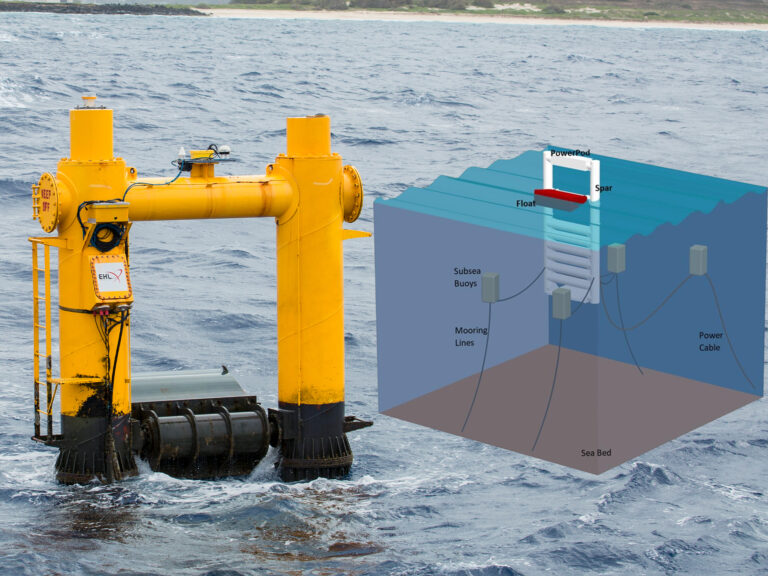Australia’s Aquaculture Sector Embraces Clean Energy with Wave Energy Microgrids
Australia’s aquaculture sector is moving towards a clean energy transformation, with wave energy microgrids identified as a viable solution to power operations and reduce emissions. Backed by findings from the Fisheries Research and Development Corporation (FRDC)-funded AquaGrid feasibility study, the integration of ocean energy, alongside solar and battery systems, is set to reshape coastal aquaculture.

According to FRDC, Southern Ocean Mariculture (SOM), an abalone farming business near Port Fairy, Victoria, is at the forefront of this transition. The company currently produces 120 tons of abalone annually and has already invested in renewable energy with a $500,000 solar array generating up to 200 kW daily, meeting about 18% of its power needs.
Despite this, variability in solar generation remains a challenge. “Nothing at night, and limited energy generation during shorter winter days and cloudy weather. In winter, it might provide only eight or 10 per cent of the power we need. But when you add wave (power) into the mix, it provides a consistent baseload to work from, generating power all day and night,” SOM General Manager Hamish Ebery explained.
Feasibility Study Outcomes
According to FRDC, AquaGrid’s feasibility study modeled 18 technology scenarios, with SOM selecting two preferred options tailored to its location and operations.
The initial phase involves deploying two 100 kW Azura wave energy units combined with solar, grid energy, and backup diesel power. Each unit is expected to produce over 470,000 kWh annually, supplying SOM with 70% emission-free power and cutting greenhouse gas emissions by 55%.
A second phase would expand the system to four Azura units, achieving 100% renewable energy and reducing emissions by up to 96%, FRDC noted. SOM signed a memorandum of understanding (MoU) with Azura to proceed with the initial deployment, which remains scalable for future expansion.
Economic and Environmental Considerations
The capital cost of ocean energy remains significant, with each wave unit priced at around $2 million plus deployment expenses, FRDC noted. However, modeling suggests the investment could pay off within seven years.
“I expect decarbonising will add value to the company’s product, Ocean Road Abalone, and create new marketing opportunities in sectors where low emission production and supply chains have become a priority,” Ebery added.
Azura’s wave energy technology offers site-specific solutions with minimal environmental impact. According to FRDC, unlike earlier trials of seabed-mounted systems, the Azura units float on the ocean surface, reducing ecological disturbance and simplifying decommissioning.
“The Azura energy units have no external moving parts other than the float and would be moored to the ocean floor, with most of the unit sitting just below the surface,” said Michael Byrne, Azura Director.
“We are very aware of the need to respect the cultural heritage both at sea and on land within the area, coupled with the community’s expectations on low visual impact when deploying systems.”
Broader Implications
FRDC’s Strategic Program Manager, Robert Smits, noted that the feasibility study was designed to help connect the proven technological capabilities of ocean energy generation with industry needs.
“This project developed a methodology to help operators to ask the right questions if they are considering renewable energy microgrids. There are solutions out there that can lead to decarbonisation and technologies to invest in. But solutions need to be fit for purpose. There is not one technology or provider that will suit everyone,” Smits said.
In early October, the Blue Economy Cooperative Research Centre (CRC) unveiled a report, led by the University of Western Australia, outlining seven key recommendations to drive the advancement of Australia’s wave energy industry.
In November, The University of Plymouth launched the OcEn project, a £1.7 million (approximately $2.1 million) research initiative designed to overcome barriers in offshore renewable energy (ORE) expansion and bolster the sector’s readiness for deployment of offshore wind, wave, and tidal installations.

